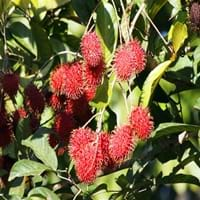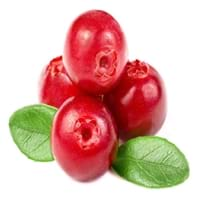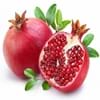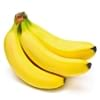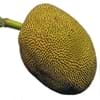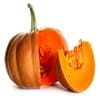Health Benefits
Anti-oxidant properties, Boosts immune system, Skin rejuvenation, Strengthening of bones
Cancer prevention, Heart care, Kidney stone treatment, Scurvy treatment, Ulcer prevention
General Benefits
Antiseptic properties, Cures headache, Removes waste from kidney
Anti-inflammatory properties, Boosts immune system, Digestive aid, Fights against infections, Strengthens bones
Skin Benefits
Hydrates skin
Anti-aging benefits, Reduces wrinkles, Skin rejuvenation, Treatment of acne
Hair Benefits
Good conditioner
Promotes longer and healthier hair, Protects hair, Treatment of dandruff
Allergy Symptoms
Chest pains, Rhinitis, Wheezing
Anaphylaxis, Breathing difficulty, Itching, Skin rash, Swelling of mouth, tongue or lips
Side Effects
Unknown
Allergic reaction, Diarrhoea, Nausea, Stomach pain, Vomiting
Best Time to Eat
As a snack in the late afternoon, Don't consume at night and before bed, Eat the fresh ones, avoid mixing with any other foods, don't eat after meal., Morning time (before lunch)
Any time except an hour after meal, Don't consume at night and before bed
Vitamin B5 (Pantothenic Acid)
Vitamin C (Ascorbic Acid)
Vitamin K (Phyllochinone)
Phytosterol
Not Available
Calories in Fresh Fruit with Peel
Calories in Fresh Fruit without Peel
Not Available
Not Available
Calories in Jam
Not Available
Calories in Pie
Not Available
Type
Tree fruit, Tropical
Berry
Season
Early summer, Early winter, Late fall, Late spring
Autumn
Varieties
Rongrien, Chompu, Rapiah, Bingjai and Lebak Bulus
Early Black, Howes, Ben Lear and Stevens
Color
Coral red, Yellow
Red
Inside Color
Greyish-white
White
Taste
Sour, Sweet
Bitter, Tart
Origin
Unknown
North America
Soil Type
Clay, Loam
Clay, Sandy, Well-drained
Climatic Conditions
Humid
Warm
Facts about
- Oils extracted from its seeds is used to make soaps and candles.
- 'Rambut' means hairy in Malay.
- It makes the best hair mask.
- Seeds are edible and healthy too.
- Europeans thought the cranberry blossom looked like the head of a sandhill crane, hence the name Cranberry.
- They are also known as bounce berries as they bounce when they ripe.
- Cranberries do not grow in water.
Top Producer
Thailand
United States of America
Other Countries
Africa, India, Indonesia, Malaysia, Philippines, Sri Lanka
Azerbaijan, Belarus, Bulgaria, Canada, Latvia, Macedonia, NA, Romania, Tunisia, Ukraine
Top Importer
Singapore
Europe
Top Exporter
Thailand
United States of America
Botanical Name
Nephelium lappaceum
Vaccinium Macrocarpon
Synonym
Rambota
Oxycoccus macrocarpus
Subkingdom
Tracheobionta
Tracheobionta
Division
Tracheophyta
Magnoliophyta
Class
Magnoliopsida
Magnoliopsida
Subclass
Rosidae
Dillenhidae
Order
Sapindales
Ericales
Family
Sapindaceae
Ericaceae
Genus
Nephelium
Vaccinium
Species
N. lappaceum
Vaccinium macrocarpon
Generic Group
Not Available
Heath
Difference Between Rambutan and Cranberry
We might think that Rambutan and Cranberry are similar with respect to nutritional value and health benefits. But the nutrient content of both fruits is different. Rambutan and Cranberry Facts such as their taste, shape, color, and size are also distinct. The difference between Rambutan and Cranberry is explained here.
The amount of calories in 100 gm of fresh Rambutan and Cranberry with peel is 69.00 kcal and 46.00 kcal and the amount of calories without peel is Not Available and Not Available respectively. Thus, Rambutan and Cranberry belong to and category.These fruits might or might not differ with respect to their scientific classification. The order of Rambutan and Cranberry is Sapindales and Ericales respectively. Rambutan belongs to Sapindaceae family and Cranberry belongs to Ericaceae family. Rambutan belongs to Nephelium genus of N. lappaceum species and Cranberry belongs to Vaccinium genus of Vaccinium macrocarpon species. Beings plants, both fruits belong to Plantae Kingdom.
